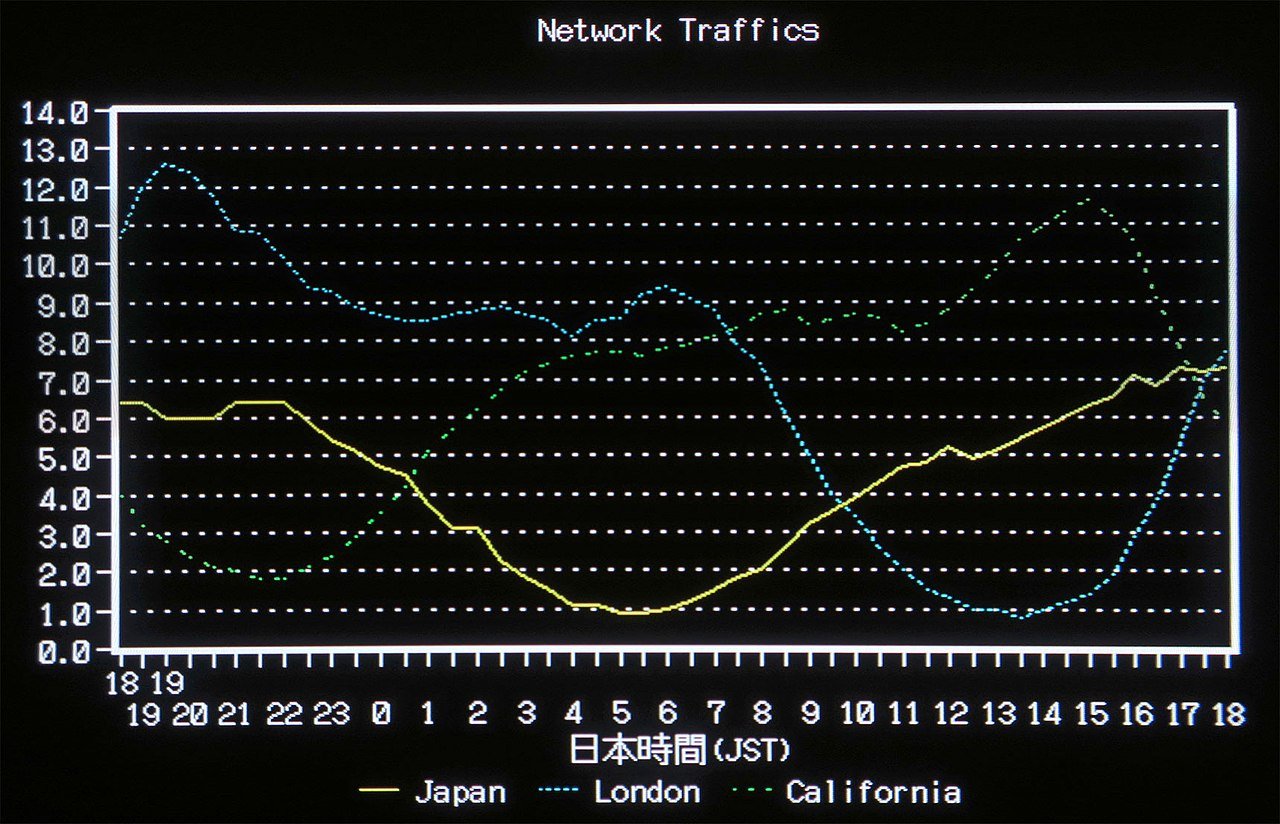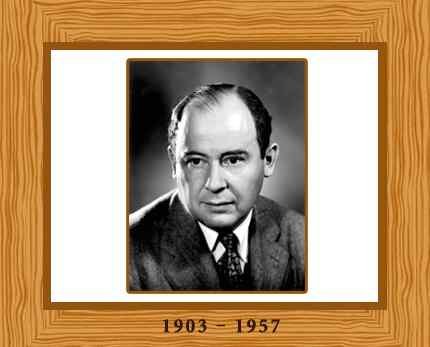Embark on a captivating journey through the cosmos as we delve into the remarkable saga of Telstar 401 – a satellite that ascended to celestial heights, confronted unforeseen challenges, and etched an indelible mark on the galaxy of satellite communication. Our cosmic exploration will guide you through the celestial expanse, unveiling the dramatic narrative that unfolded with Telstar 401.
Table of Contents
As we navigate the stars and cosmic mysteries, let’s address some fundamental questions about Telstar satellites to set the stage for deeper exploration:
What happened to the Telstar satellite?
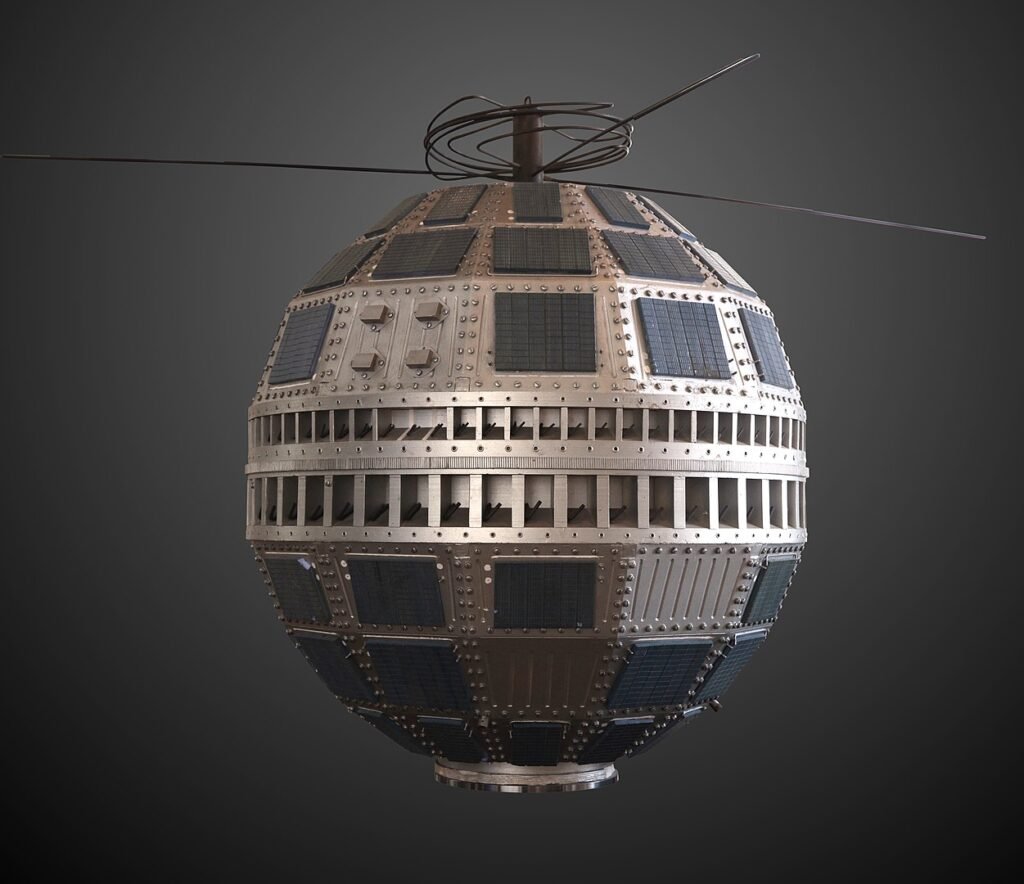
The Telstar satellite, renowned for its pivotal role in global communication, had a varied fate. Telstar 1, launched in 1962, marked a historic achievement as the first telecommunications satellite, enabling live TV broadcasts across the Atlantic. However, Telstar 401, a later iteration launched in 1993, faced a different destiny. In 1997, a solar array anomaly disrupted its mission, triggering a power crisis and ultimate failure. Unlike its predecessor, Telstar 401 grappled with unexpected challenges, underscoring the complexities of operating in the cosmic world. This cosmic misfortune spurred a transformative phase in the satellite industry, leading to advancements in technology and interstellar collaboration.
What was the result of the Telstar satellite launch in 1962?
The 1962 launch of Telstar 1 marked a revolutionary breakthrough in global communication. As the first telecommunications satellite, Telstar 1 facilitated live television broadcasts across the Atlantic, connecting continents in real-time. This historic achievement transformed the landscape of international telecommunications, demonstrating the feasibility of satellite technology for broadcasting and data transmission. Telstar 1’s successful mission set the stage for subsequent advancements in satellite technology, paving the way for a new era of interconnectedness and communication on a global scale.
How long did Telstar 1 last?
Telstar 1, launched on July 10, 1962, made a significant impact in its relatively short operational lifespan. While it operated for only seven months, until February 21, 1963, its influence was profound. Telstar 1 successfully transmitted the first live transatlantic television broadcasts, showcasing the potential of satellite communication. Despite its brief operational duration, Telstar 1 laid the foundation for subsequent advancements in satellite technology, shaping the future of global communication and marking a historic milestone in the domain of space exploration.
The Telstar saga began with the groundbreaking Telstar 1 launch in 1962, revolutionizing global communication. Fast forward to 1993, Telstar 401 faced unexpected challenges, leading to a power crisis and mission failure in 1997. The aftermath prompted a transformative phase in the satellite industry, with advancements in solar array systems, AI-equipped monitoring, and enhanced redundancy. Telstar 401’s legacy echoes through the cosmos, shaping interstellar collaboration and technological innovation. Join us on this cosmic journey, exploring the frontiers of satellite technology and marveling at the celestial dance that unites us across the cosmic expanse. The Telstar saga, from Telstar 1 to Telstar 401, encapsulates the relentless spirit of exploration and innovation in the final frontier.
The Galactic Luminary: Telstar 401
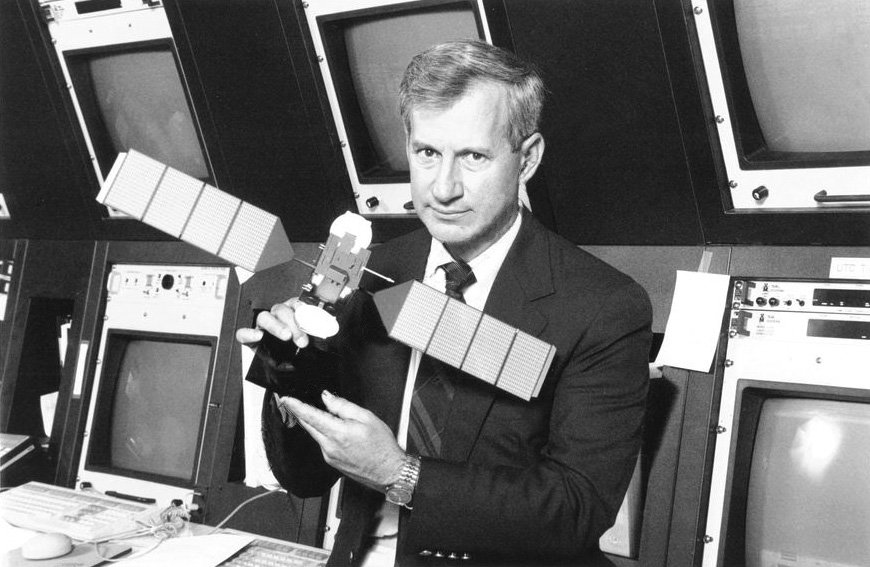
In the celestial ballet of technology, Telstar 401 emerged as a cosmic luminary, soaring into orbit on December 10, 1993, atop a Delta II rocket. Operated by Loral Skynet, this satellite communication left an indelible mark on the landscape of telecommunications with its visionary mission.
Launch and Mission
Telstar 401, a beacon in the cosmos, embarked on its journey to weave a tapestry of satellite communication across North America. Launched via a Delta II rocket, this Loral Skynet-operated satellite handled television signals, telephone calls, and data transmissions, marking a pivotal moment in satellite communication.
Communication Technology
The symphony of Telstar 401’s success resonated through advanced communication technology, leveraging transponders and sophisticated systems. In geostationary orbit, it ensured continuous, reliable information exchange, contributing significantly to the evolution of telecommunication capabilities.
Cosmic Symphony Metaphor
Described as a “cosmic symphony,” Telstar 401 symbolized the harmonious orchestration of technology and signals, connecting the celestial and terrestrial realms. This metaphor captures the intricate dance of satellite technology in enabling efficient communication services.
Impact on Telecommunications
Telstar 401 played a crucial role in advancing telecommunications, expanding the reach and efficiency of communication networks. Its successful mission contributed to the legacy of communication satellites, influencing subsequent generations and furthering the ongoing innovation in satellite technology.
Legacy and Continuity
Telstar 401’s operational life and eventual retirement marked a chapter in the ongoing narrative of satellite technology. Its success paved the way for continued innovation in subsequent satellite missions, emphasizing the constant efforts to enhance global connectivity and communication capabilities.
The Celestial Quandary: A Solar Ballet Gone Awry
On January 11, 1997, Telstar 401, a celestial performer in the cosmic ballet of communication satellites, faced a critical juncture. The solar arrays, essential for powering the satellite, encountered an unexpected anomaly, disrupting their functionality and triggering a crisis. This unforeseen event shook the foundations of Telstar 401’s orbital dance, pushing it off course and necessitating immediate intervention to address the power generation failure.
In response to the faltering of solar arrays, engineers and operators embarked on a desperate struggle to regain control over Telstar 401. The mission, once gracefully weaving signals across the celestial expanse, now hung in the balance. The frantic efforts aimed to salvage the satellite’s functionality, illustrating the challenges and uncertainties inherent in the dynamic domain of space exploration. This unexpected celestial quandary underscored the delicate nature of satellite operations and the resilience required to navigate the complexities of the cosmic stage.
Impact on Earthly Signals: The Celestial Symphony Hits Pause
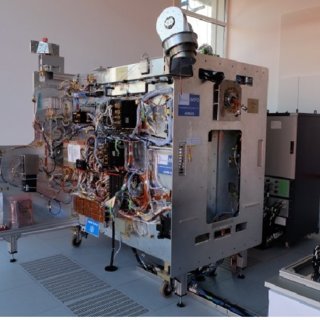
The fallout was immediate. Television broadcasts flickered, phone calls echoed with static, and data services hiccupped. Telstar 401’s unexpected celestial waltz left a void in the seamless communication we had come to take for granted. The skies were silent, and the cosmic symphony had hit an interstellar pause.
Investigating the Celestial Enigma
In the aftermath of Telstar 401’s celestial hiccup, a thorough investigation ensued to unravel the mysterious anomaly. Engineers and scientists delved into the satellite’s telemetry data, scrutinizing the intricate details of the unexpected event. The objective was to discern the root cause of the disruption and understand how the satellite, once a reliable conductor of communication, encountered a celestial enigma. This investigative phase aimed to shed light on the intricacies of the anomaly, paving the way for solutions and preventing future celestial missteps.
Technical Challenges: The Solar Array Serenade
Central to Telstar 401’s operational setback was the disruption in its solar arrays, the primary source of power. The solar array serenade, which once fueled the satellite’s systems with rhythmic precision, faced technical challenges. Engineers focused on deciphering the intricacies of the solar array malfunction, exploring whether it was a mechanical failure, solar radiation interference, or another technical glitch. This phase involved a meticulous examination of the satellite’s power generation components, aiming to harmonize the solar arrays back into their reliable serenade and restore the satellite’s functionality.
Operational Shortcomings: The Cosmic Tango of Oversight
Amid the investigation and technical evaluations, attention turned to operational oversight that may have contributed to the celestial tango gone awry. The cosmic dance of oversight involved scrutinizing the procedures, protocols, and monitoring systems in place during Telstar 401’s mission. Engineers sought to identify potential gaps or shortcomings in operational procedures that might have allowed the unexpected celestial waltz to unfold. This phase of the response aimed at refining operational practices, ensuring a more robust approach to satellite management, and preventing future instances of cosmic tango slipping into unintended patterns.
Cosmic Evolution: Lessons Learned, Technological Revolution
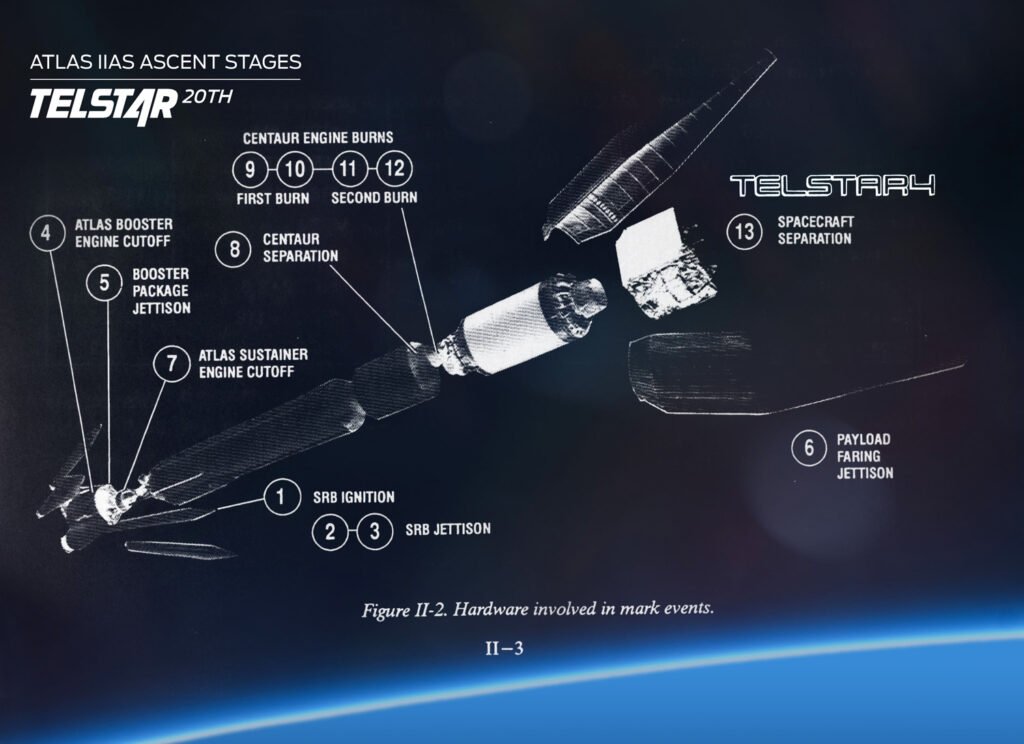
The demise of Telstar 401 marked a turning point, giving birth to a cosmic phoenix that heralded a revolution in the satellite industry driven by newfound knowledge and technological advancements.
Technological Alchemy: Reinventing Solar Array Sorcery
In the aftermath, cosmic alchemists in satellite technology embarked on a transformative journey to reinvent solar array sorcery. Advanced technologies emerged, enhancing solar arrays with fail-safes and improved orientation mechanisms. This evolution ensured a harmonious cosmic power dance, fortifying satellites against unexpected disruptions and empowering them to navigate the celestial expanse with greater resilience.
Cosmic Mind Readers: Artificial Intelligence in the Stars
A new era dawned with the advent of cosmic mind readers – advanced monitoring systems equipped with artificial intelligence and machine learning. These celestial guardians became adept at sensing anomalies in the galactic fabric, intervening with superhero precision to avert cosmic disasters before they could unfold. The integration of artificial intelligence elevated the responsiveness and predictive capabilities of satellite systems, enhancing their adaptability to the dynamic and unpredictable cosmic environment.
Redundancy Reimagined: Cosmic Safety Nets
Redundancy underwent a cosmic transformation, evolving from a theoretical concept to a tangible safety net. Satellite designs embraced the principles of backup systems and redundant subsystems, ensuring that communication pathways remained resilient even in the face of cosmic chaos. This reimagined redundancy became a cornerstone in preserving the continuity of communication services, allowing the celestial show to go on uninterrupted.
Cosmic Contingency Plans: Mission Blueprints for the Stars
Mission planning became an interstellar art form in the wake of Telstar 401’s demise. Comprehensive contingency plans emerged, providing meticulous blueprints for navigating the cosmic unknown. Satellite operators, armed with these detailed mission plans, faced the inherent unpredictability of the cosmos with grace and preparedness, ready to tackle every conceivable celestial hiccup that might arise.
Cosmic Legacy: From Stardust to Stellar Communication
The celestial journey of Telstar 401 has etched a lasting legacy in the vast expanse of the galaxy, transforming the landscape of satellite communication. Its influence resonates far beyond its operational lifespan, symbolizing a shift from stardust to stellar communication.
Galactic Diversity: A Constellation of Possibilities
In the aftermath of Telstar 401’s cosmic ballet, the satellite industry underwent a paradigm shift, embracing the concept of galactic diversity. No longer tethered to the reliance on a single celestial beacon, companies diversified the cosmic expanse with constellations of satellites. This strategic approach served as a celestial safety net, guarding against unforeseen cosmic whims and disruptions. The galaxy became adorned with a multitude of satellite communication, weaving a complex tapestry of interconnected possibilities that enhanced the resilience and reliability of communication services.
Interstellar Collaboration: The United Federation of Satellites
The cosmic incident gave rise to a spirit of interstellar collaboration as a response to the challenges faced by satellite operators. In the aftermath, space agencies and satellite operators united to form the United Federation of Satellites. This collaborative alliance fostered an environment where knowledge flowed freely, and technological innovations were shared for the collective betterment of cosmic communication. The united front paved the way for enhanced cooperation, mutual support, and shared expertise, marking a new era of collaborative exploration and advancement in satellite technology.
The failure of Telstar 401 serves as a poignant chapter in the history of satellite communication. From its successful launch to the sudden and unforeseen solar array anomaly, the events surrounding Telstar 401 underscore the complexities and challenges inherent in space missions.
However, the industry’s response to this failure, marked by technological advancements, improved operational protocols, and a commitment to continuous learning, has paved the way for a more robust and resilient satellite communication infrastructure. Telstar 401’s legacy lives on in the form of safer and more reliable satellite systems that continue to connect the world.


